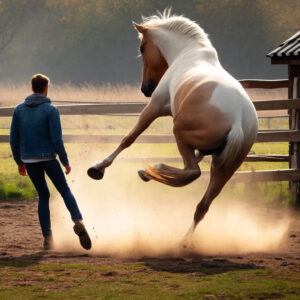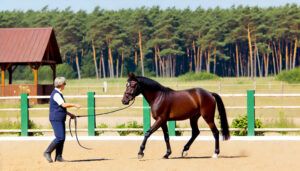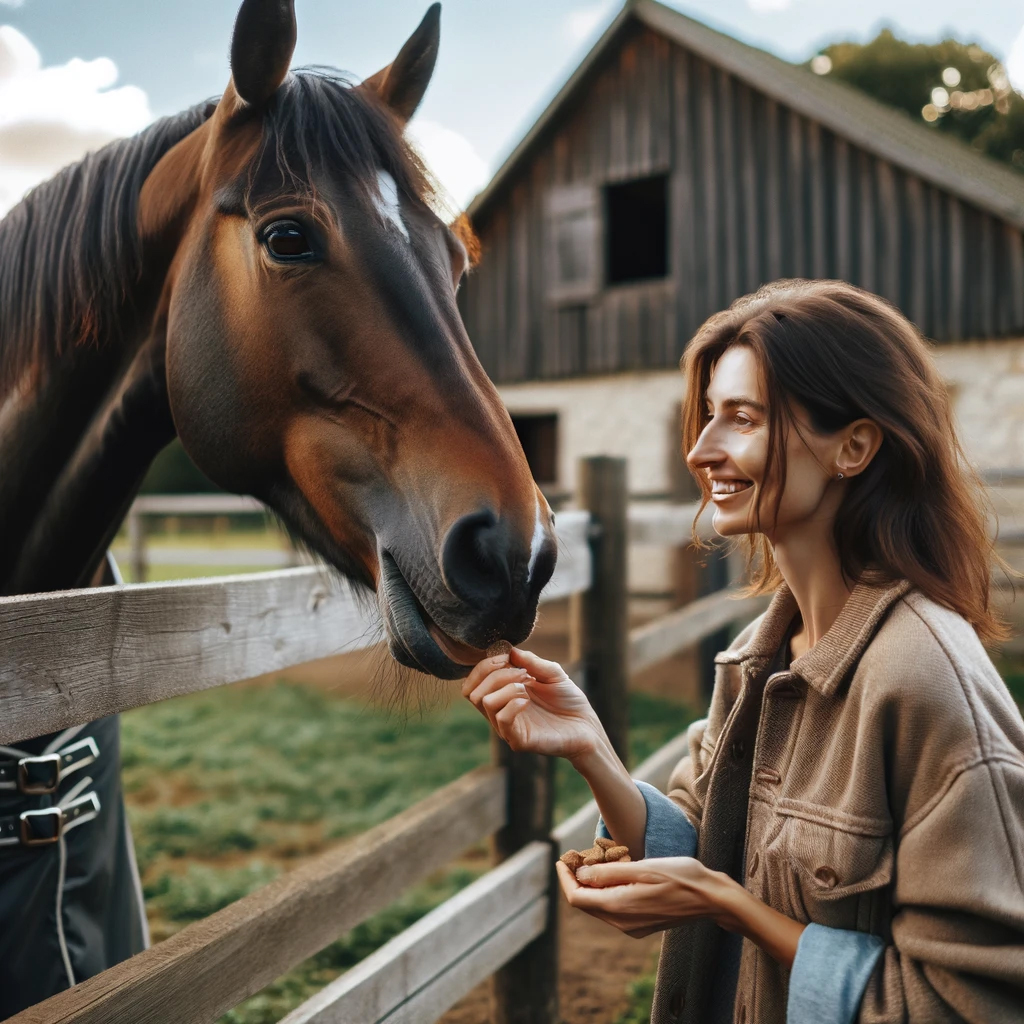
Understanding why a horse behaves a certain way is the first step in overcoming any training challenge. Horses communicate through their actions and body language. Problems like spooking, biting, and bucking can often be traced back to something specific in their environment or past experiences.
Spooking is one of the most common issues faced by horse owners. Horses are flight animals instinctively, and they’re easily startled by sudden movements or unfamiliar objects. Sometimes, it’s just a plastic bag caught by the wind that sends a horse into a frenzy. Knowing what triggers your horse is crucial in helping them overcome this fear.
Biting can be another tough behavior to handle. It might seem like it’s coming out of the blue, but horses usually bite because they’re feeling threatened or uncomfortable. Pay close attention to the situations where biting occurs. Does it happen when you’re tightening the saddle? It may be a pain response.
Bucking can be especially dangerous, and like biting, it’s often a sign of discomfort. This could be due to an ill-fitting saddle or even dental issues. If your horse starts bucking, consider getting a professional to check for physical problems.
Not just focusing on the behavior but understanding the underlying cause is essential. Observing your horse’s body language can tell you so much. Flattened ears, swishing tails, and stomping feet are all signs that your horse might be feeling stressed or agitated. Keeping an eye on these signals allows you to address issues before they escalate.
The horse’s environment plays a huge role in its behavior. Loud noises, other animals, or even a change in routine can cause stress. Sometimes, the problem isn’t your horse—it’s where they are. A calm, familiar setting can work wonders for a nervous horse. If you suspect past trauma, patience and gentle handling are key.
Proven Training Techniques and Strategies

Positive reinforcement goes a long way in horse training. Rewarding good behavior with treats, praise, or extra grooming time makes your horse more likely to repeat those actions. The key is consistency—always reward the desired behavior immediately so your horse makes the connection.
Desensitizing your horse can help tackle issues like spooking. Introduce potentially scary objects slowly and from a distance. Gradually move closer as your horse gets more comfortable. Patience is crucial here—you can’t rush this process.
Consistency is another cornerstone of effective training. Establish a routine and stick to it. Horses thrive on predictable patterns. If you’re inconsistent, your horse might get confused, making training more difficult.
Sometimes, specific problems call for targeted exercises. For instance, if your horse is skittish around moving objects, practice with bicycles or other gentle moving distractions. Start small and build up to more challenging scenarios.
Patience can’t be overstated. Training isn’t a race; every horse learns at its own pace. Pushing too hard can backfire, so focusing on gradual, steady progress is a better strategy. Small wins add up over time. Take a break if your horse seems overwhelmed and come back to the problem later with a fresh approach.
Building a Strong Horse-Owner Relationship

Trust is the foundation of any strong relationship, and it’s no different with your horse. Developing mutual respect and trust takes time but pays off in spades when it comes to training and overall well-being. Being consistent, kind, and patient shows your horse they can rely on you.
Effective communication is a two-way street. Pay attention to your horse’s signals and respond appropriately. If they’re showing signs of stress or discomfort, address the issue instead of pushing forward. Learning to ‘speak horse’ will improve your relationship and make training smoother.
Spending quality time with your horse is just as important as training drills. Regular grooming sessions, casual walks, and even just hanging out in the paddock can strengthen your bond. The more time you spend together in a relaxed setting, the more attuned you become to your horse’s unique personality and needs.
Activities that involve groundwork, like lunging or liberty work, can deepen your connection and improve your horse’s responsiveness. These exercises not only teach commands and respect but also provide a positive and engaging experience for both of you.
A strong relationship isn’t just about the immediate benefits; it sets the stage for long-term success. When your horse trusts you, they’re more willing to try new things and face challenges without fear. This foundational trust makes every aspect of training easier and more enjoyable for both of you.

